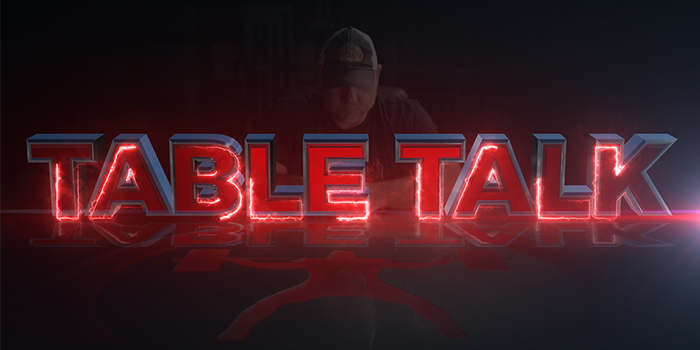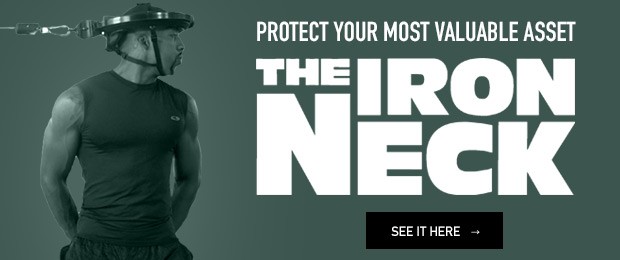
Continuing to answer reader-submitted questions about conjugate and Westside training methods, in today's Table Talk Dave responds to a question about back-down sets:
"What are your thoughts on using back-down sets with the conjugate/Westside method?"
When it comes to using back-down sets, Dave's recommendation is different for max effort, dynamic effort, and supplemental (or accessory) work. In his answer, Dave walks through his thoughts for each.
Max Effort
For max effort work, Dave doesn't like the use of back-down sets. To explain why, he gives an overview of the max effort method and the recommended frequency for changing the movement. The max effort exercise should be changed every week for most lifters. If you're a beginner it should be changed more frequently, every two to three weeks. The goal of max effort work is to strain and not become accommodated to that movement. Each week, you should max out on the movement of the day. Dave looks at "maxing out" as meaning technical breakdown for beginner and intermediate lifters. Once the movement breaks down, you've hit your max and you're done. Don't push past technical failure.
Dynamic Effort
Using back-down sets for max effort movements, some lifters like to work up to their heaviest max effort lift of the day and then use that number as their one-rep max to do percentage-based work. Dave doesn't like this because he prefers for lifters to be done with the movement after reaching their heaviest set. Furthermore, injuries happen least often with heavy singles, and more often in multiple-rep sets. Once you've done your max effort work, backing down and doing more reps in a fatigued state just increases the likelihood of injury.
WATCH: Table Talk — Method Muppets
For dynamic effort, speed and development of force are the main goals. There isn't much of a need to do back-down sets, because the percentage is already fairly low, and going lower than the dynamic effort percentages for the day won't have a great training effect.
However, Dave says that he does like for lifters to work up heavier on days they feel good. After you get through the programmed work, if everything moved fast, your technique stayed together, and you feel good, work up a little. Go up to a heavy single without pushing beyond 90%. See if you can get the speed you're working to transfer to the heavier weights. This shouldn't happen often and it shouldn't be programmed. Always go by feel for this method.
Supplemental and Accessory Work
The percentages on these exercises usually won't be high enough to necessitate back-down sets. The weight won't be heavy enough to get much out of backing down, but instead, keep in mind that you will need multiple sets at your top weight. These are the exercises that are supposed to build the other movements. Just working up to a heavy set of six or eight reps won't be enough volume for these movements. Plan to do several working sets at your top weight on these movements. You can start with as few as two sets and continue working your way up to four or five sets per exercise.










